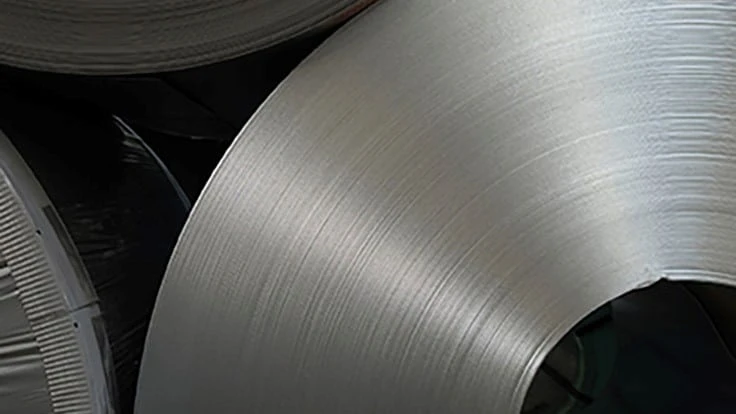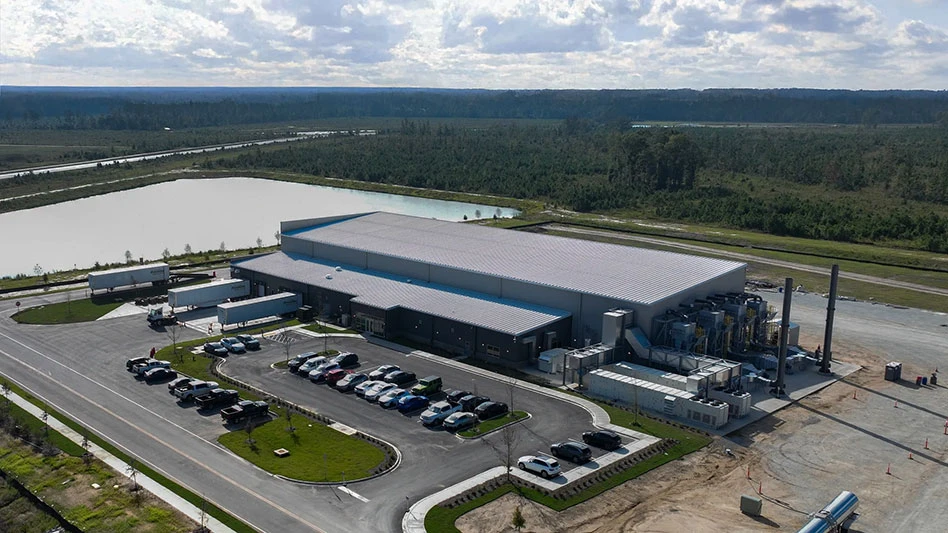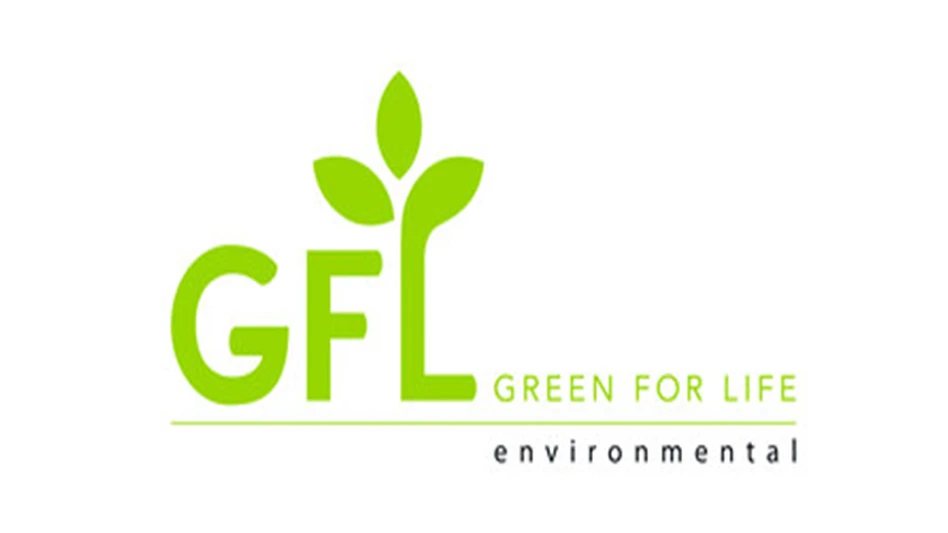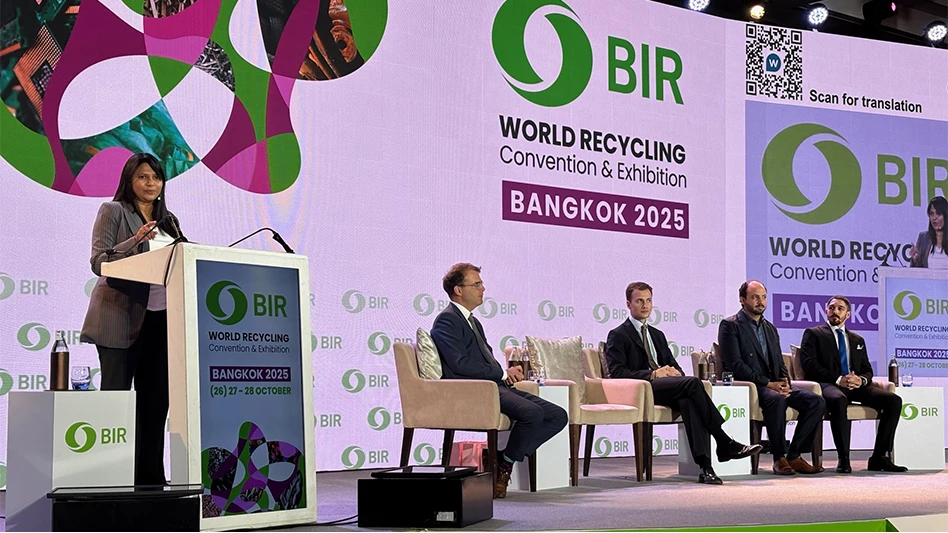
pixelprof | istockphoto.com
Australia-based BlueScope Steel Ltd. has reported net profit after tax (NPAT) of $1.19 billion, a $1.1 billion increase over its 2020 fiscal year, driven by strong demand and steel spreads, according to the company. Its North Star steel mill in the United States delivered underlying earnings before interest and taxes (EBIT) of $677.2 million, an increase of 257 percent from the 2020 fiscal year. The company says realized steel spreads were significantly stronger and mill operation remained at 100 percent of available capacity.
The company says U.S. steel industry consolidation and rationalization, government infrastructure investment and robust end-use demand have led to very strong Midwest hot-rolled coil (HRC) demand.
BlueScope is expanding its North Star minimill in Delta, Ohio, by roughly 850,000 metric tons annually, with the company saying it expects the first coil to be produced in the second half of its 2022 fiscal year, with commissioning to full capacity occurring over the subsequent 18 months.
“The success of the project means BlueScope will begin to assess the debottlenecking project to potentially lift hot strip mill capacity by another 500,000 [metric tons] per annum as we progress through the ramp-up period of the current expansion project,” the company notes in its fiscal 2021 annual results.
BlueScope Managing Director and CEO Mark Vassella says, “Underlying EBIT for the year was $1.72 billion, tripling that of FY2020. This is an impressive result. All operating segments performed exceptionally well, driven by strong demand and steel spreads. Earnings momentum built throughout the year, with the company delivering $1.19 billion in underlying EBIT in the second half.
“Operating cash flow for the year, after capital expenditure, was $898 million, including investment expenditure on the North Star expansion. The balance sheet finished the half in a strong position with $798 million net cash,” he continues.
BlueScope says it plans to accelerate its strategic growth plans in light of the yearly results. Vasella says the company will invest for the long-term growth and resilience and position the business for a low-carbon future with a five-year climate investment program of up to $150 million and the goal of net-zero greenhouse gas emissions by 2050.
Vassella says, “This immediate capital allocation will fund our technology plan that seeks to optimize current operating assets and prepare for emerging and breakthrough technologies. Immediately, we’ll focus on production efficiencies, such as increased usage of scrap, indigenous gases and renewable energy. We are actively investigating the use of biochar as a replacement for a proportion of pulverized coal injection into the blast furnace and are seeking government co-funding for this and other pilot projects, including a hydrogen electrolyzer to trial hydrogen injection in the blast furnace. And we will be developing government and industry partnerships, collaborative opportunities with suppliers and breakthrough R&D projects.”
He adds, “We are serious about playing our role in meeting the decarbonization challenge. Our recent appointment of a chief executive climate change was a significant step forward; this capital allocation is the second step, and there is more to come.”
The company says will share details of its climate action plan, including a decarbonization pathway and a capital planning process to underpin it, when it releases its Climate Action Report in September.
Get curated news on YOUR industry.
Enter your email to receive our newsletters.
Latest from Recycling Today
- Thommen Group acquires stake in battery service firm
- MRAI seeks aluminum recycling tax breaks
- Auto salvage and recycling facility site of fatal plane crash
- Komatsu invests in Canadian distribution center
- Aerosol can features Elysis primary aluminum, recycled content
- Smurfit Westrock CEO says Q3 characterized by ‘challenging months’
- Northeast Recycling acquires Arrow Container Services
- Textile Renewal Alliance debuts brand, website to support California’s textile EPR law







